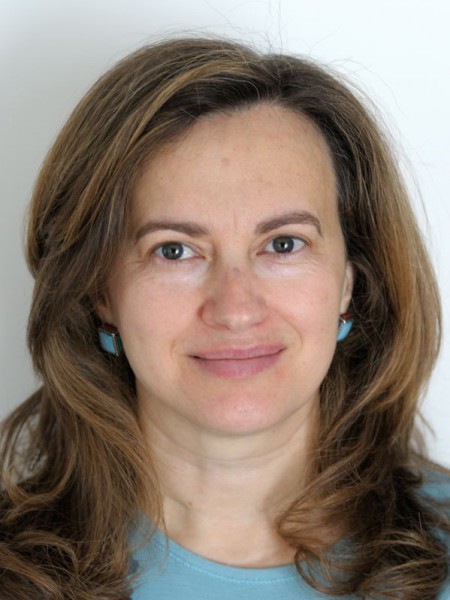abstract
A series of allyl complexes of the general formula [Cp'Mo(eta(3)-C3H5)(CO)(2)], where Cp' = Cp, CpMe, Cp*, Ind, IndMe, IndMe2, Flu, and three tungsten analogues, has been prepared and characterized by H-1, C-13, and Mo-95 NMR, cyclic voltammetry, and the structure of [IndMo(eta(3)-C3H5)(CO)(2)] was determined by Xray single crystal analysis. Two conformers, corresponding to the two extreme orientations of the allyl ligand (endo and exo), have been identified in solution by H-1 and Mo-95 NMR for all the complexes, except for [FluMo(eta(3)-C3F15)(CO)(2)], which only presents an exo conformation in solution. A Mo-95 NMR investigation also shows the influence of electron donor capability of the Cp' ligands on the Mo-95 chemical shifts of the Mo center. He I and He II photoelectron spectra probe the electron richness of the metal center and the electronic structure of the complexes. Cyclic voltammetry studies show one oxidation process, which is only reversible for the Cp derivatives. DFT calculations provided a reliable way to determine ionization energies, and reflected very well the trends of the other properties, from the Mo-95 NMR chemical shifts, to vibration frequencies, and oxidation potentials. (1) 2015 Elsevier BY. All rights reserved.
keywords
MOLECULAR-ORBITAL METHODS; EXTENDED BASIS-SETS; VALENCE BASIS-SETS; ORGANOMETALLIC CONFORMATIONAL EQUILIBRIA; BRIDGED HETEROBIMETALLIC COMPLEXES; DENSITY-FUNCTIONAL CALCULATIONS; RAY PHOTOELECTRON-SPECTROSCOPY; CONTINUUM SOLVATION MODELS; EFFECTIVE CORE POTENTIALS; TRANSITION-METAL ATOMS
subject category
Chemistry
authors
Goncalves, IS; Veiros, LF; Gamelas, CA; Cabrita, C; Calhorda, MJ; Geraldes, CFGC; Green, J; Packham, E; Drew, MGB; Felix, V; Santos, AG; Romao, CC
our authors
Projects
PTNMR - Portuguese Nuclear Magnetic Resonance Network (REDE/1517/RMN/2005)
Use of molecular containers to modify metallocene-based catalysts (PTDC/QEQ-SUP/1906/2012)
acknowledgements
We thank the Fundacao para a Ciencia e Tecnologia, Portugal, for financial support (Projects UID/QUI/00100/2013 and UID/MULTI/00612/2013). We are grateful to the Fundacao para a Ciencia e Tecnologia (FCT), QREN, Fundo Europeu de Desenvolvimento Regional (FEDER), COMPETE, and the European Union, for the Associate Laboratory CICECO FCOMP-01-0124-FEDER-037271 (FCT ref. PEst-C/CTM/LA0011/2013) and FCOMP-01-0124-FEDER-029779 (FCT ref. PTDC/QEQ-SUP/1906/2012). The nuclear magnetic resonance spectrometers are part of the National NMR Network and were purchased in the framework of the National Program for Scientific Re-equipment, contract REDE/1517/RMN/2005, with funds from POCI 2010 (FEDER) and Fundacao para a Ciencia e a Tecnologia. We thank Elke Hunstock for preliminary calculations.



